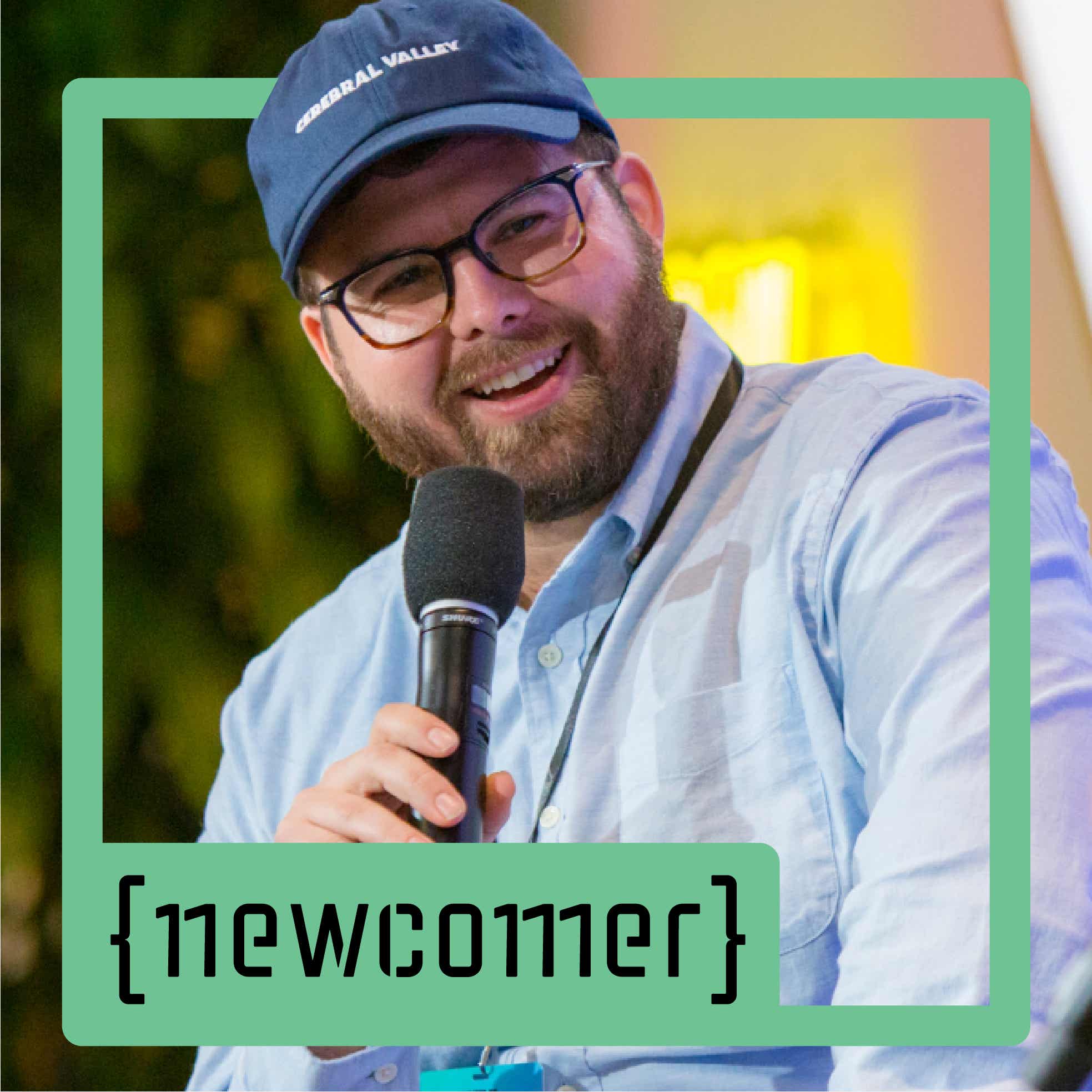Scaling People (with Claire Hughes Johnson)
Description
Claire Hughes Johnson writes in her book, Scaling People, about a moment early on in her time at Stripe when an Irish journalist shouted to her, “You’re the lady! You’re the lady with the lads!”
Hughes Johnson, who joined Stripe in 2014 as the payments startup’s chief operating officer, works closely with two of the most iconic Silicon Valley entrepreneurs, Patrick and John Collison. During her tenure as COO, she helped bring her management know-how from Google and experience working for Sheryl Sandberg to help organize the growing company.
I invited Hughes Johnson on the Newcomer podcast to talk about her time at Stripe and the management lessons that she has put down on paper in Scaling People, which she published this year. Toward the end of our conversation, Hughes Johnson turned the tables on me and gave me some coaching.
Our conversation circles around two sections of her book, in particular. We talked about giving feedback and honesty in a corporate setting. She talked about her principle that managers should encourage people to “say the thing you cannot say.”
She writes,
How often have you sat in a meeting and mused, “It really feels like there’s something that isn’t being talked about right now”? Or had a conversation with a report and thought, “I think they’re getting upset about what I’m saying”? Or caught yourself filtering everything you say? These questions prompt a bigger one: Why don’t managers say what’s actually on their minds?
People often think that good management is about having a lot of filters, and for good reason. There’s a lot that might feel risky to say, or that feels like a personal judgment. But be wary of over-filtering. Fine-tuning your filters and pushing yourself to name your observation in a constructive way means you’ll be able to have a more honest conversation about what’s going on. Then you can all start working on a solution in earnest.
Hughes Johnson concludes scaling people with a chapter titled, “You.” It looks at how managers manage themselves.
She writes,
The more senior you become, the more creative reality gets at finding ways to beat you up every day. You will have days—sometimes many in a row—when your highest performer is threatening to quit, a top customer has just informed you that they’re moving to a competitor, you’re leading a company-wide meeting the next day and haven’t had time to prepare, and the cross-functional project you kicked off last week is already going off the rails. Many people don’t have the psychological strength and resilience to keep going. In The Hard Thing About Hard Things, Ben Horowitz calls this “the struggle,” when “nothing is easy and nothing feels right.”
To make it all work, you have to learn how to manage your time and energy. First, diagnose what gives and takes your energy. The easiest way to do this is to map out your good and bad days and track what activities add to and detract from your energy. An easy tactic is to keep check marks on your calendar of good days and bad days. After a month, look at all the good days and all the bad days, and then the good weeks and bad weeks, and see what trends jump out. When I did this exercise, I found that the weeks when I had more than one work event that kept me from having dinner with my kids and getting them to bed were bad weeks. I then resolved to restrict my work-related late nights to once a week—a personal guideline that I occasionally break, but not often. Your goal is to study what combination of time spent on which activities creates your best performance, then determine where you need to set boundaries to preserve your strongest self.
Coming up as a reporter, I was always resistant to “management” and “leadership” advice. Those words made me think of Dale Carnegie books and cash-grab leadership seminars. But as I’ve started to build Newcomer into more of a company (we’ve got a full-time chief of staff, three
More Episodes
This is probably my favorite episode of the year. We just updated our picks for our artificial intelligence startup fantasy draft. That means dropping startups whose star is fading and making new pickups.
Last year, Max Child, James Wilsterman, and I drafted the most promising generative AI...
Published 11/13/24
Published 11/13/24
We’re back with a couple episodes of the Cerebral Valley Podcast leading up to our summit on November 20.
I’m joined by my Cerebral Valley AI Summit co-hosts Max Child and James Wilsterman.
On this episode, we started by talking about the thing on everyone’s minds — the election of Donald Trump...
Published 11/09/24


